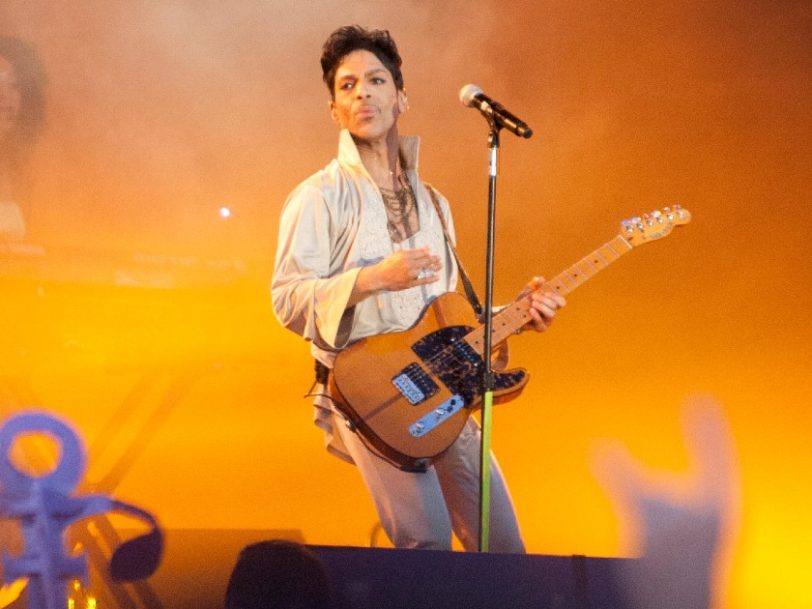One of the most prolific musicians ever to have lived, Prince not only released 39 studio albums in his lifetime, he wrote, recorded and produced entire records for side-project acts that made up his purple stable, and also gave away standalone hits for many more. His true discography, then, runs well beyond this countdown of the best Prince albums, while the material that he didn’t release – placed in The Vault, and currently being excavated through a series of reissues – amounts to a parallel discography that likely outstrips the music we know about. In sheer volume alone, picking the best Prince albums is a daunting task, but here they are – every studio album credited to Prince, ranked and reviewed.
Listen to the best of Prince here, and check out our best Prince albums, below.
39: ‘20Ten’ (2010)
Given away free with newspapers in the UK and Europe, 20Ten didn’t quite live up to the era-defining title bestowed upon it, though Future Soul Song proved that Prince could still write quiet-storm ballads of some vintage. Tucked away as a hidden 77th track, Laydown provided the album’s high point, the self-proclaimed “Purple Yoda” rapping over skeletal funk that came closest to capturing him at his timeless best.
Must hear: Laydown




